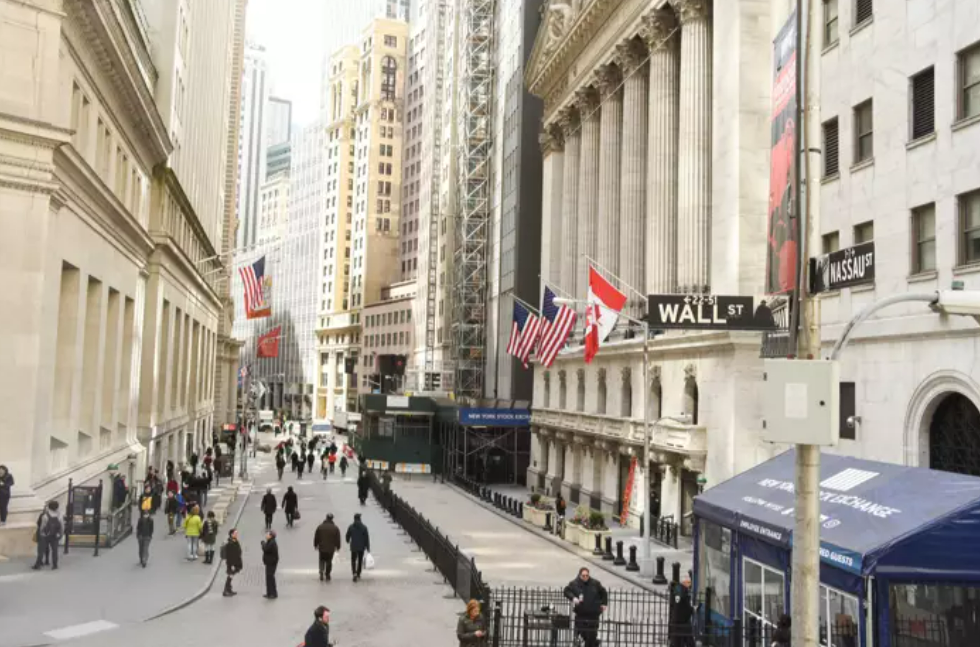
Florala Chen
Aug 24, 2022 15:54

In the E-mini contract, the S&P 500 has gained a little bit of stability during the Tuesday trading session as we get closer to a critical support level.
In the early stages of the E-mini contract, the S&P 500 has moved in a rather narrow range. Having said that, this week is the Jackson Hole Symposium, which is practically guaranteed to make a lot of noise. In this case, I believe the trading public will be paying great heed to central bankers' pronouncements, which, of course, may sometimes result in complete pandemonium.
In this case, I believe we could have a brief rebound followed by increased selling pressure. The 200-Day EMA is located around 4185, and there is considerable resistance at the 4300 level above. It's also important to pay attention to the 50-Day EMA, which is at 4082 and climbing below; it may provide dynamic support.
I do believe that it is extremely possible that traders will look to the 50-Day EMA to salvage the market upward, regardless of whether or not this turns out to be the case. If we break it down below that, the market is probably just trying to get to the 4000 level. Anything below the 4000 mark indicates that we have once again altered our mentality and that more downside is yet to come.
One thing you can certainly bet on, in my opinion, is a lot of noisy volatility, mostly as a result of the central bankers' ranting in Wyoming. They will almost certainly underline their resolve to battle inflation, which means that monetary policies will continue to tighten throughout the globe.

Aug 24, 2022 15:50

Aug 25, 2022 15:06